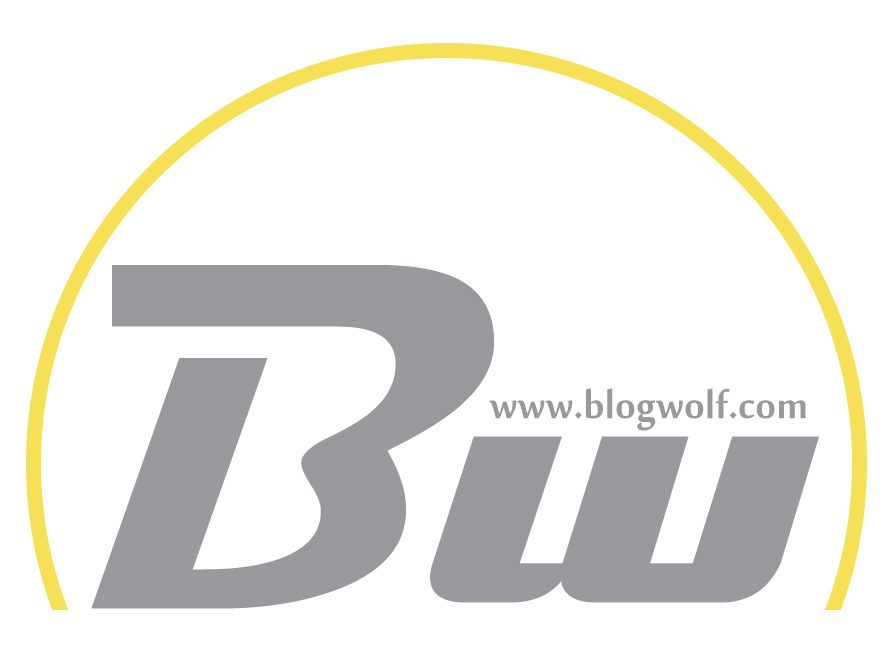Table of Contents
Creating a recognizable and meaningful logo is one of the most crucial steps in branding a marketplace or multi-vendor store. A logo not only represents your brand visually but also sets the tone for the customer experience. It shapes first impressions and helps sellers and buyers alike feel connected and confident in your platform. Whether you’re designing the logo yourself or hiring professionals, understanding effective logo styles can drastically improve your branding strategy.
TLDR (Too long, didn’t read):
If you’re launching a marketplace or multi-vendor store, your logo should clearly communicate trust, diversity, collaboration, and commerce. We’ve compiled 12 reliable and creative logo ideas you can apply or adapt to suit your niche. The best logos for these platforms often revolve around signal-based shapes, abstract concepts of unity and exchange, and symbols of interconnectedness. Strong typography and a bold but clear color palette also play vital roles in delivering the intended message.
1. Handshake Icon to Signal Partnership and Trust
A handshake evokes confidence, trust, and agreement—values central to any marketplace and multi-vendor platform. Using a stylized or minimalist handshake as part of your design visually reinforces the collaborative nature between vendors and buyers on your website.
You can either feature the handshake as the focal point or merge it subtly into the letterforms of your brand name.
2. Interlocking Shapes or Circles to Represent a Community
Symbols like overlapping circles or interlocked shapes convey the idea of togetherness and mutual benefit. They’re also suggestive of interactions between different vendors and customers, echoing the foundational concept of a marketplace.

Colors play an important role here—consider using complementary or gradient palettes that suggest harmony and diversity.
3. Shopping Cart with Extensions
While the shopping cart is a standard eCommerce symbol, enhancing it with features like multiple compartments, interconnected handles, or extending it into a network diagram can capture the multi-vendor element explicitly.
This style works well when you want the logo to instantly signify “shopping” but also emphasize diversity and choice.
4. Abstract Marketplace Tents or Stalls
Market stalls or tents are classic, universally recognizable symbols of commerce and trade. An abstract or geometric interpretation of market stalls can serve as a powerful metaphor for the vendor-rich ecosystem of your platform.
Using simple lines and color blocks can make it modern while retaining the welcoming feel of a public market.
5. Lettermark or Wordmark with Integrated Symbols
Creative typography can allow you to build a logo that feels both minimalist and explanatory. For example, use the letter “M” shaped like overlapping carts or “V” designed like vendor booths. Helvetica, Futura, or even more tailored fonts give a professional look to wordmarks.
This technique ensures your brand name is front-and-center while still incorporating insight into your platform’s concept.
6. Network or Hub-and-Spoke Diagram Elements
Multi-vendor platforms depend on connections among sellers, buyers, products, and administrators. A logo incorporating hub-and-spoke or network-style elements makes this structure visible and intuitive.
Such logos also suggest efficiency and interdependence—great values to associate with your store.
7. Global or Sphere Themed Designs
For marketplaces targeting international audiences or a wide-reaching niche, using a globe or stylized sphere signifies worldwide commerce and boundless opportunity.

You can render these graphics using dotted lines, arcs, or 3D visuals to suggest connectivity and inclusiveness.
8. Infinity Loop or Circle Arrows for Continuous Exchange
Symbolizing ongoing movement and exchange, infinity signs or looped arrows reflect the dynamic flow of goods and services in a marketplace.
These symbols also evoke sustainability and constant growth, ideal for positioning your platform as progressive and resilient.
9. Minimalist Icons for Scalability
With logo usage extending across devices and media sizes, a minimalist icon is more adaptable. Using a simple storefront silhouette, a multi-windowed interface, or a cube structure can achieve recognizable branding across small apps and large banners alike.
This is especially important if your platform has a mobile-first strategy or uses a branded app.
10. Tag or Label Shapes for Product Discovery
Labels, tags, or barcodes symbolize categorized listings and product discovery. These elements are particularly fitting for B2B or classified ad marketplaces.
Designing tag icons with a digital twist—pixelated edges, QR code imprints, or dynamic borders—adds a tech-forward impression to your logo.
11. Nested Boxes or Layers for Vendor Diversity
Another structural approach is visualizing your vendors and listings as nested boxes, layers, or stackable blocks. These logo designs hint at the scalable, modular nature of your marketplace and provide visual metaphors for growth and expansion.
Think of construction blocks or a layered origami-style formation when brainstorming design directions.
12. Abstract Flowing Lines to Indicate Dynamics
Repeated lines forming waves or expanding paths mirror movement and speed—both crucial for buying and selling in the digital age. These shapes can also represent unseen connections in logistics, communication, and automation.
This approach often works best in tech-driven marketplaces that want to appear sleek, efficient, and smartly engineered.
Tips for Picking the Right Logo Style for Your Marketplace
- Understand Your Audience: Are you targeting small boutique vendors or enterprise-level wholesalers? Choose a design aesthetic they resonate with.
- Stay Memorable but Scalable: A logo should look just as good on an app icon as it does on billboard branding.
- Color Strategy: Use a palette that communicates both friendliness and professionalism—blue and green often evoke trust, while orange and red signal action and excitement.
- Don’t Overcomplicate: The most effective logos are often the simplest.
- Test Before Launch: Mock your logo up on different digital backgrounds, packaging samples, and marketing channels to see how it performs in real life.
Final Thoughts
A great logo is more than just an image—it’s the face of your brand’s ecosystem. Whether you’re building a general marketplace, a niche B2B exchange hub, or a next-gen digital goods platform, the logo you choose will guide perceptions and inspire action. From handshake icons and vendor stalls to network diagrams and flowing lines, the right concept can distinguish your brand in a growing e-commerce landscape.
Take time to evaluate multiple styles, sketch ideas, and consult your team or stakeholders. With a strategic approach, your logo will not only legitimize your multi-vendor platform—it will elevate it to lasting success.
